Michael Mateas
Clicking some of the silly options: Exploring Player Motivation in Static and Dynamic Educational Interactive Narratives
May 13, 2025Abstract:Motivation is an important factor underlying successful learning. Previous research has demonstrated the positive effects that static interactive narrative games can have on motivation. Concurrently, advances in AI have made dynamic and adaptive approaches to interactive narrative increasingly accessible. However, limited work has explored the impact that dynamic narratives can have on learner motivation. In this paper, we compare two versions of Academical, a choice-based educational interactive narrative game about research ethics. One version employs a traditional hand-authored branching plot (i.e., static narrative) while the other dynamically sequences plots during play (i.e., dynamic narrative). Results highlight the importance of responsive content and a variety of choices for player engagement, while also illustrating the challenge of balancing pedagogical goals with the dynamic aspects of narrative. We also discuss design implications that arise from these findings. Ultimately, this work provides initial steps to illuminate the emerging potential of AI-driven dynamic narrative in educational games.
Automatic Mapping of NES Games with Mappy
Jul 12, 2017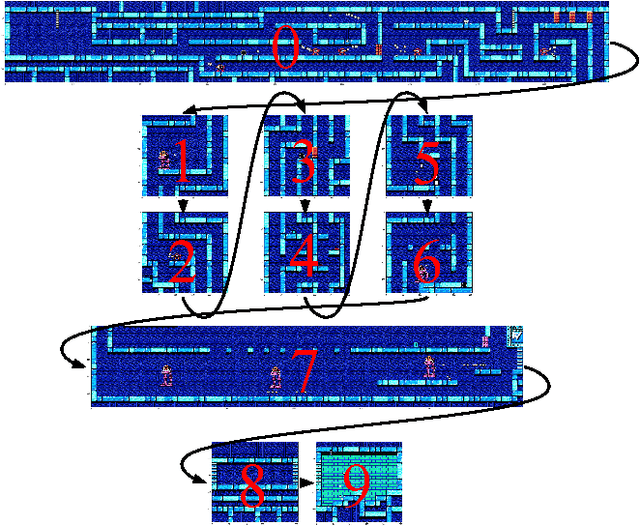
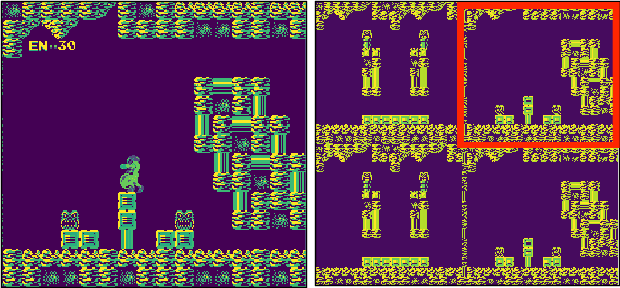
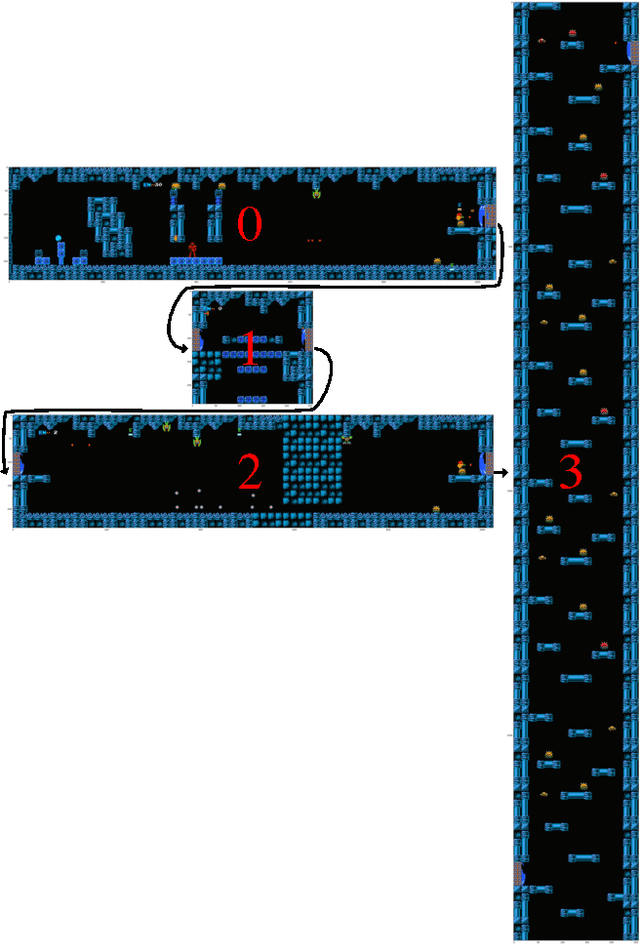

Abstract:Game maps are useful for human players, general-game-playing agents, and data-driven procedural content generation. These maps are generally made by hand-assembling manually-created screenshots of game levels. Besides being tedious and error-prone, this approach requires additional effort for each new game and level to be mapped. The results can still be hard for humans or computational systems to make use of, privileging visual appearance over semantic information. We describe a software system, Mappy, that produces a good approximation of a linked map of rooms given a Nintendo Entertainment System game program and a sequence of button inputs exploring its world. In addition to visual maps, Mappy outputs grids of tiles (and how they change over time), positions of non-tile objects, clusters of similar rooms that might in fact be the same room, and a set of links between these rooms. We believe this is a necessary step towards developing larger corpora of high-quality semantically-annotated maps for PCG via machine learning and other applications.
CHARDA: Causal Hybrid Automata Recovery via Dynamic Analysis
Jul 11, 2017
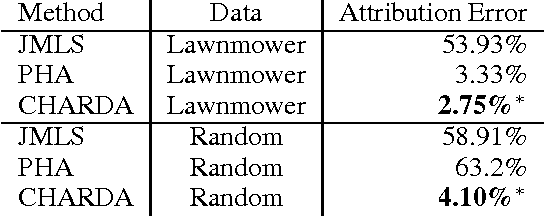

Abstract:We propose and evaluate a new technique for learning hybrid automata automatically by observing the runtime behavior of a dynamical system. Working from a sequence of continuous state values and predicates about the environment, CHARDA recovers the distinct dynamic modes, learns a model for each mode from a given set of templates, and postulates causal guard conditions which trigger transitions between modes. Our main contribution is the use of information-theoretic measures (1)~as a cost function for data segmentation and model selection to penalize over-fitting and (2)~to determine the likely causes of each transition. CHARDA is easily extended with different classes of model templates, fitting methods, or predicates. In our experiments on a complex videogame character, CHARDA successfully discovers a reasonable over-approximation of the character's true behaviors. Our results also compare favorably against recent work in automatically learning probabilistic timed automata in an aircraft domain: CHARDA exactly learns the modes of these simpler automata.
Automated Game Design Learning
Jul 11, 2017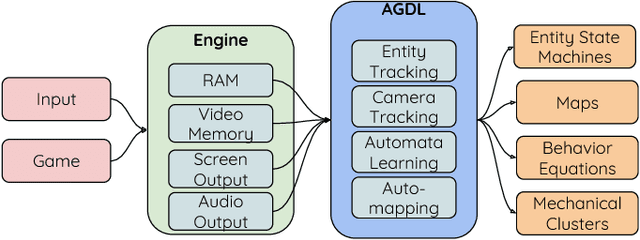
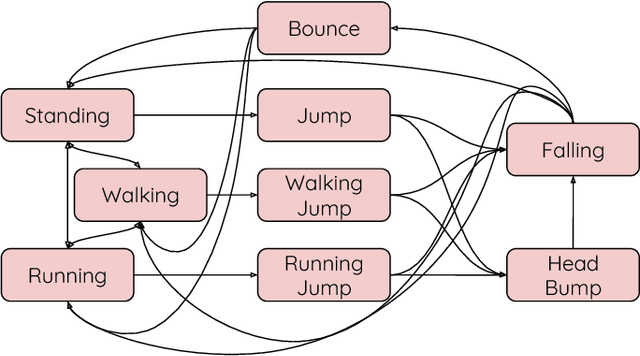
Abstract:While general game playing is an active field of research, the learning of game design has tended to be either a secondary goal of such research or it has been solely the domain of humans. We propose a field of research, Automated Game Design Learning (AGDL), with the direct purpose of learning game designs directly through interaction with games in the mode that most people experience games: via play. We detail existing work that touches the edges of this field, describe current successful projects in AGDL and the theoretical foundations that enable them, point to promising applications enabled by AGDL, and discuss next steps for this exciting area of study. The key moves of AGDL are to use game programs as the ultimate source of truth about their own design, and to make these design properties available to other systems and avenues of inquiry.
CFGs-2-NLU: Sequence-to-Sequence Learning for Mapping Utterances to Semantics and Pragmatics
Jul 22, 2016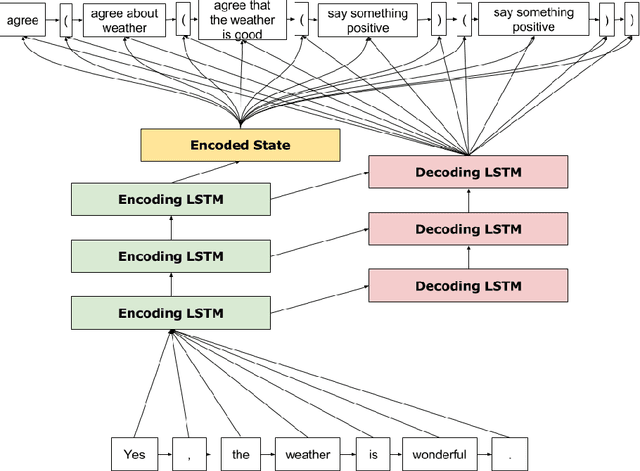
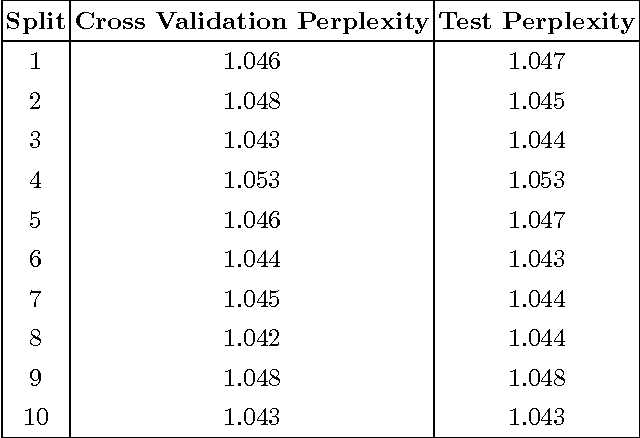
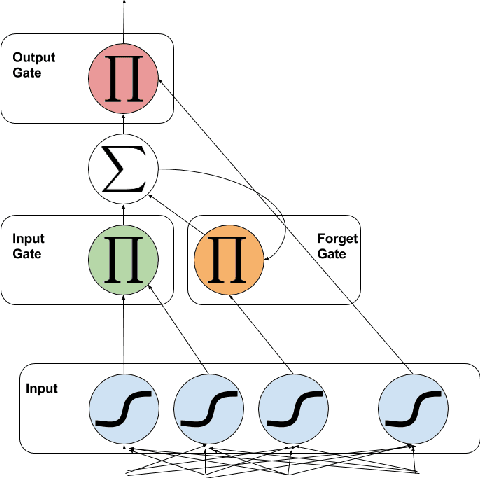
Abstract:In this paper, we present a novel approach to natural language understanding that utilizes context-free grammars (CFGs) in conjunction with sequence-to-sequence (seq2seq) deep learning. Specifically, we take a CFG authored to generate dialogue for our target application for NLU, a videogame, and train a long short-term memory (LSTM) recurrent neural network (RNN) to map the surface utterances that it produces to traces of the grammatical expansions that yielded them. Critically, this CFG was authored using a tool we have developed that supports arbitrary annotation of the nonterminal symbols in the grammar. Because we already annotated the symbols in this grammar for the semantic and pragmatic considerations that our game's dialogue manager operates over, we can use the grammatical trace associated with any surface utterance to infer such information. During gameplay, we translate player utterances into grammatical traces (using our RNN), collect the mark-up attributed to the symbols included in that trace, and pass this information to the dialogue manager, which updates the conversation state accordingly. From an offline evaluation task, we demonstrate that our trained RNN translates surface utterances to grammatical traces with great accuracy. To our knowledge, this is the first usage of seq2seq learning for conversational agents (our game's characters) who explicitly reason over semantic and pragmatic considerations.
The VGLC: The Video Game Level Corpus
Jul 03, 2016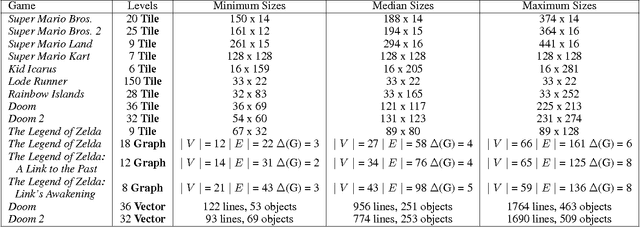

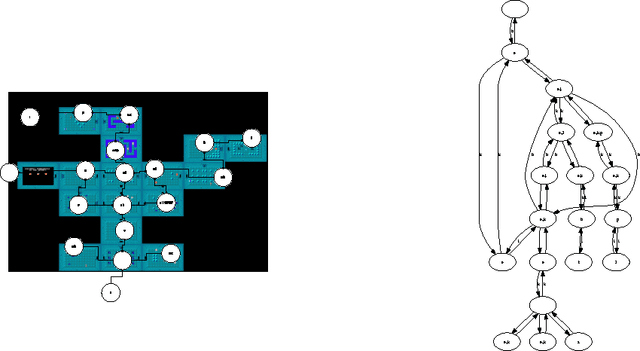

Abstract:Levels are a key component of many different video games, and a large body of work has been produced on how to procedurally generate game levels. Recently, Machine Learning techniques have been applied to video game level generation towards the purpose of automatically generating levels that have the properties of the training corpus. Towards that end we have made available a corpora of video game levels in an easy to parse format ideal for different machine learning and other game AI research purposes.
Super Mario as a String: Platformer Level Generation Via LSTMs
Mar 08, 2016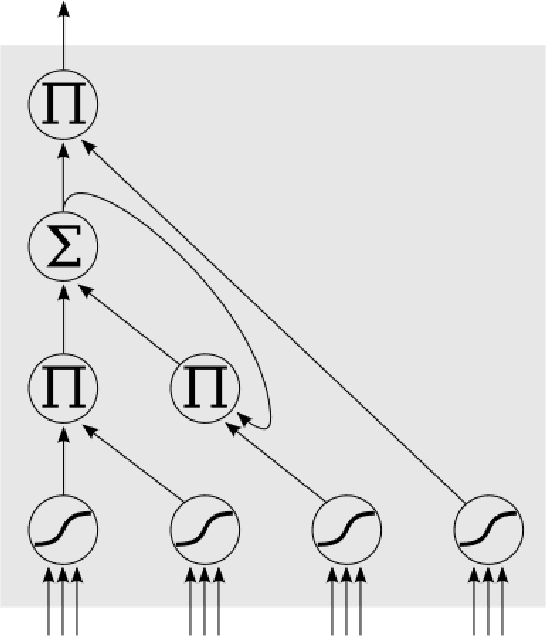
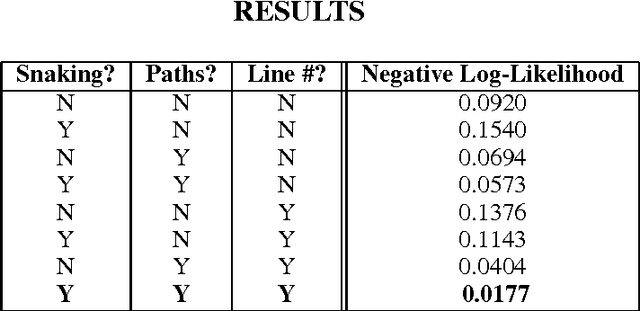
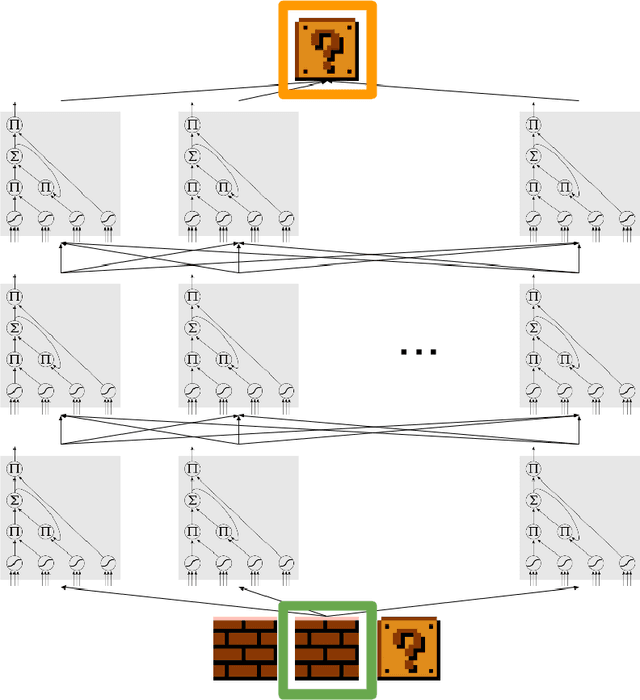

Abstract:The procedural generation of video game levels has existed for at least 30 years, but only recently have machine learning approaches been used to generate levels without specifying the rules for generation. A number of these have looked at platformer levels as a sequence of characters and performed generation using Markov chains. In this paper we examine the use of Long Short-Term Memory recurrent neural networks (LSTMs) for the purpose of generating levels trained from a corpus of Super Mario Brothers levels. We analyze a number of different data representations and how the generated levels fit into the space of human authored Super Mario Brothers levels.
 Add to Chrome
Add to Chrome Add to Firefox
Add to Firefox Add to Edge
Add to Edge